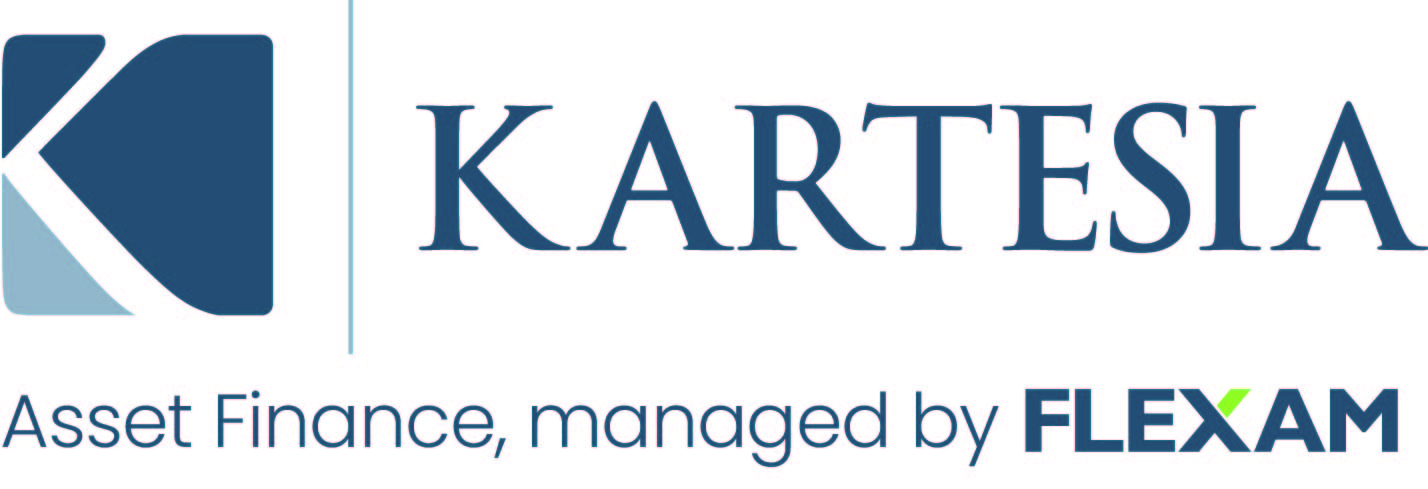SFDR
In 2015, the adoption of the United Nations (“UN”) 2030 Agenda for Sustainable Development and the Paris Agreement marked a significant shift in global attitudes towards climate change and sustainability by setting global goals for sustainability and climate action, aiming to limit global warming and promote economic, social, and environmental resilience.
Launched in 2018, the European Union’s Action Plan for Sustainable Finance translates these commitments into financial regulations aiming to (i) redirect capital flows towards sustainable investments, supporting the UN Sustainable Development Goals (SDGs) and the Paris Agreement’s climate targets, (ii) manage financial risks stemming from climate change, natural disasters, environmental degradation and social issues and (iii) foster transparency and long-termism in financial and economic activity.
The delegated regulation (EU) 2019/2088 of the European Parliament and of the Council of 27 November 2019 on sustainability-related disclosures in the financial services sector (“Sustainable Finance Disclosure Regulation” or “SFDR”), one of the key initiative adopted as part of the EU’s Action Plan for Sustainable Finance, is a European framework designed to enhance transparency in sustainable finance, especially by requiring financial market participants and financial advisers to disclose to end investors (i) whether and, if so, how they integrate sustainability risks in their investment decision-making process, (ii) whether and, if so, how they consider principal adverse impacts of investment decisions on sustainability factors, and (iii) provide clear and detailed information on the sustainable investment objectives of, or on the promotion of environmental and/or social characteristics by, their financial products.
SFDR establishes clear rules on the nature, scope, and format of sustainability-related disclosures for financial products and their financial market participants, ensuring that investors receive standardized, comparable, and reliable ESG information.
While SFDR does not define what qualifies as a sustainable financial product, it sets strict disclosure requirements to prevent greenwashing and ensure that any financial product marketed as “sustainable” or as promoting environmental and/or social characteristics provides specific, clear and transparent details on its environmental, social, and governance (ESG) credentials.
To this end, SFDR distinguishes the following three main categories, each being subject to specific applicable disclosures.
· Article 6 Financial products which correspond to all financial products not falling in scope of the two below categories.
· Article 8 Financial products (“light green”) which correspond to financial products promoting environmental and/or social characteristics while ensuring the investee companies adhere to good governance practices.
· Article 9 Financial products (“dark green”) which correspond to financial products having a sustainable investment objective while ensuring compliance with the do not significantly harm (“DSNH”) principle and the investee companies follow good governance practices.
By improving transparency, SFDR empowers investors to make informed, responsible investment choices, contributing to the transition towards a greener, more sustainable economy.
At Flexam, sustainability is at the heart of our investment approach. FTAIF II is classified as Article 8, reflecting our strong commitment to responsible investing.
This page contains the following (i) SFDR regulatory disclosures for Flexam, including entity-level disclosures required, as well as (ii) additional sustainable-related policies that aim to complete and further detail the synthetic information contained in the SFDR regulatory disclosures and/or provide additional essential information on the way sustainable-related provisions and risks are dealt with by Flexam:
· The Flexam Invest ESG Charter which sets out Flexam’s engagement towards ESG objectives and responsible investment policy. It defines how Flexam considers its economic, social and environmental impact through its daily business.
· The Remuneration policy (Article 5 SFDR)
· The Sustainability risk management policy (Article 3 SFDR) that provide information on the integration of sustainability risks in the investment decision‐making process and through the entire life cycle of our funds and their investments.
· The latest Rapport LEC 29
· The Shareholder engagement policy
